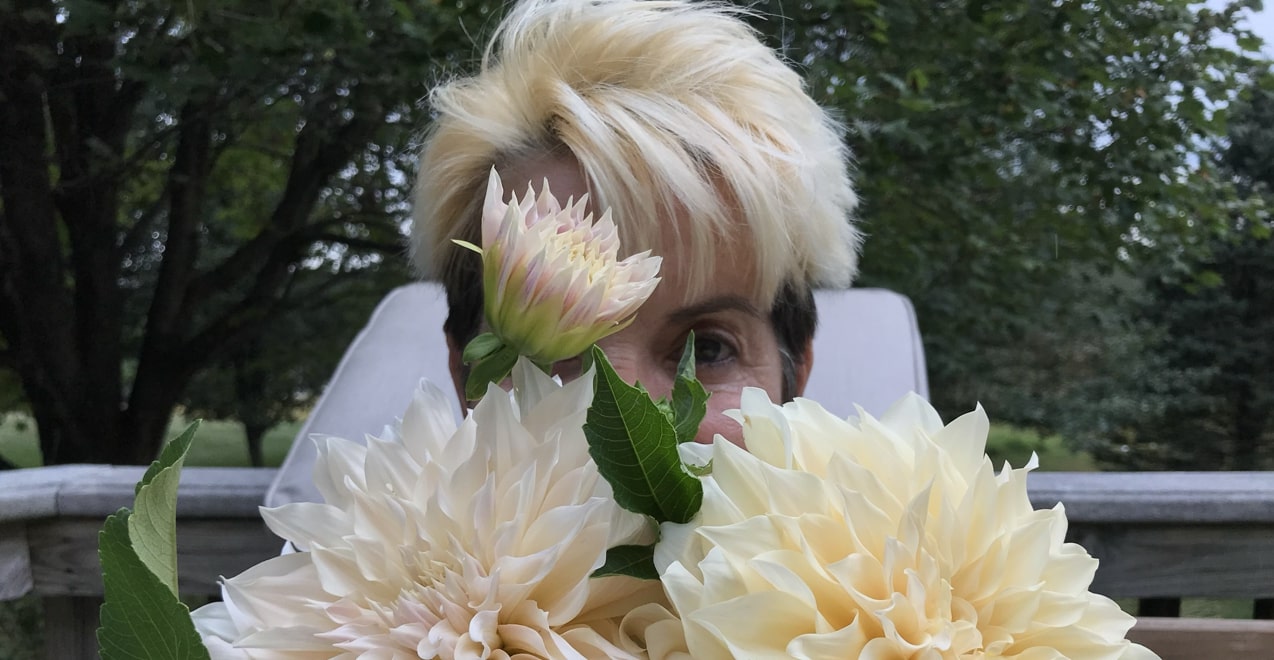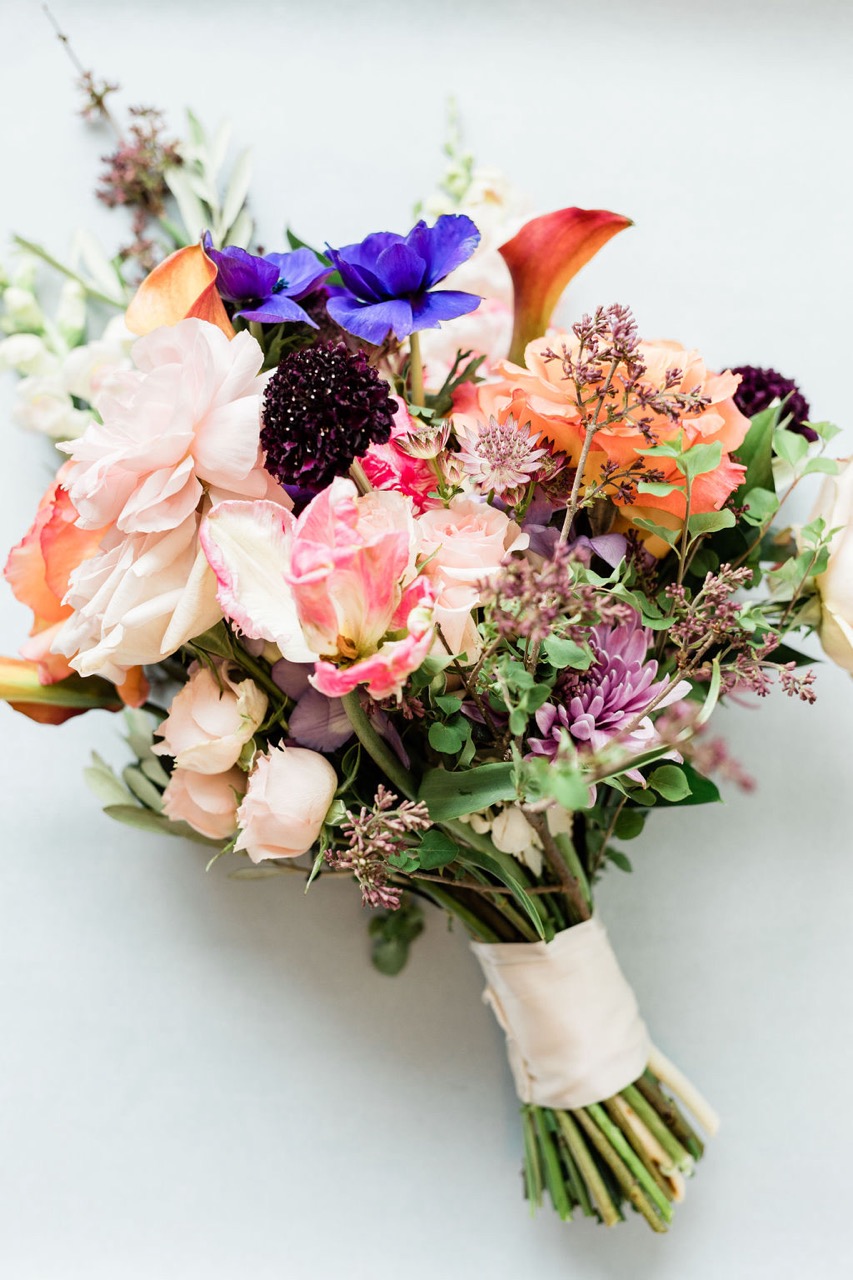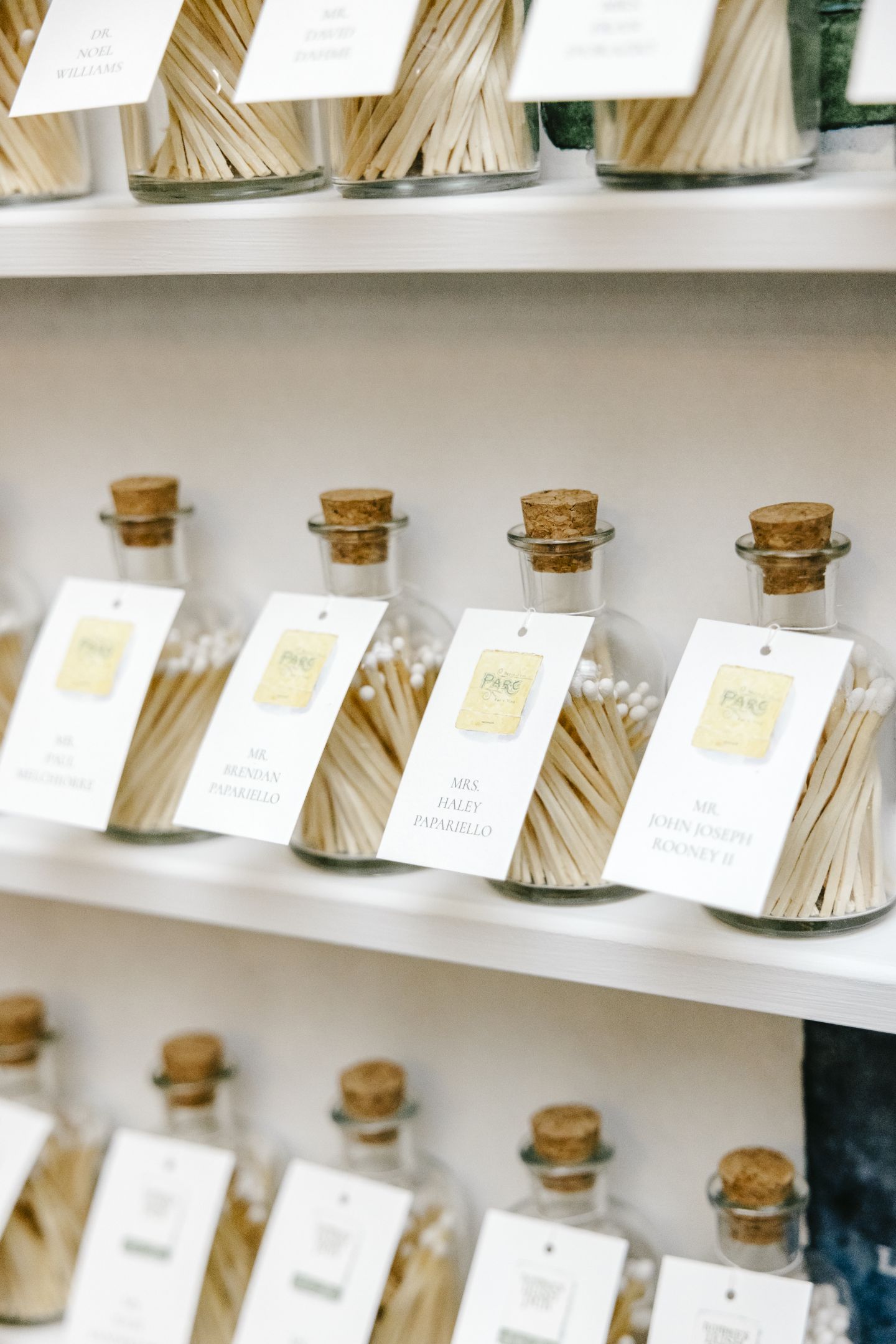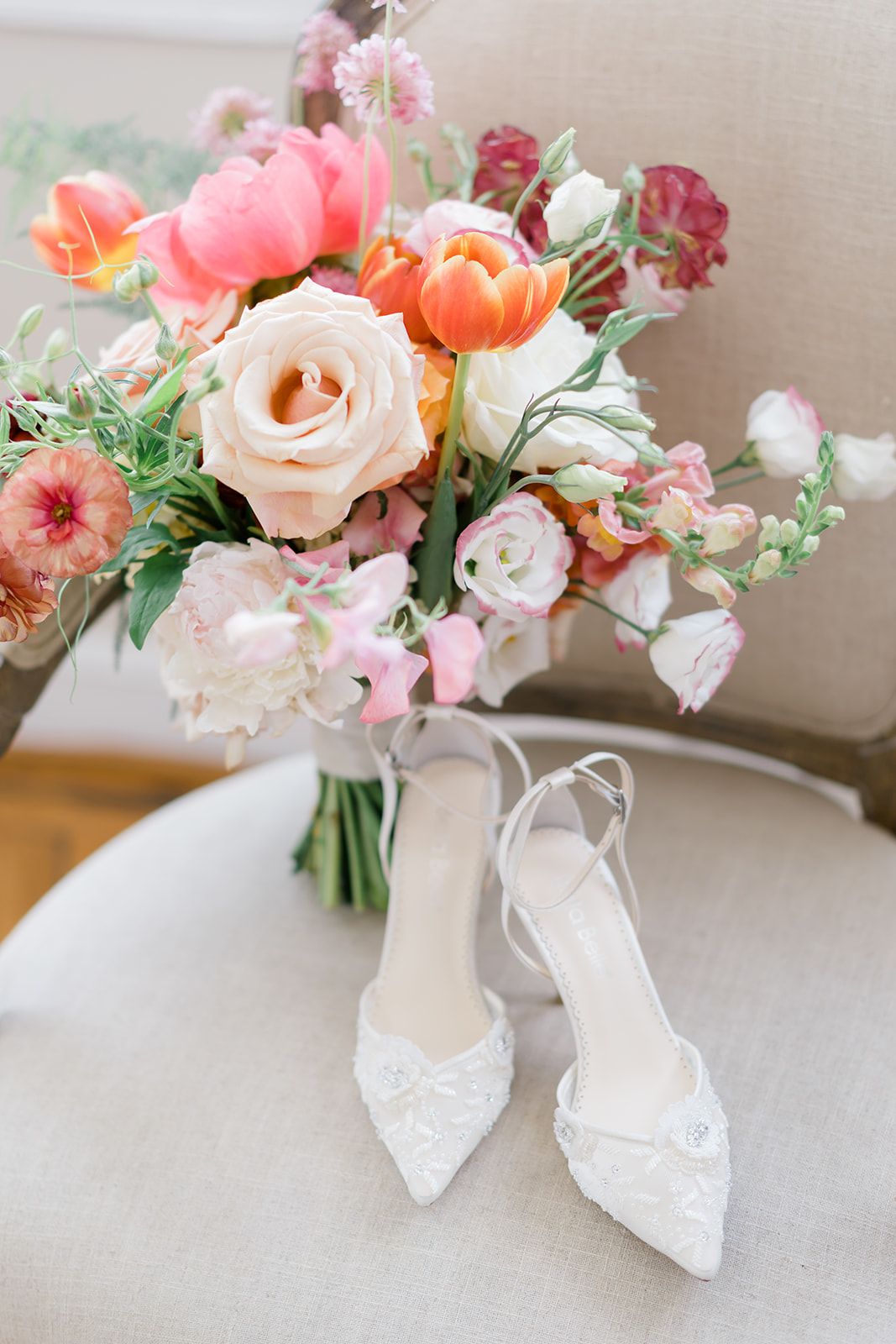Bridal Bouquet Trends
READ MORE >
Blog

Hydrangea Hack
We use hydrangeas in so many different arrangements. Their large heads take up a lot of real estate in large-scale designs and really provide the perfect “wow” factor in flower arches, staircase installations, and other large-scale florals. Unfortunately, hydrangeas are often the first flowers to start looking sad and wilted in an arrangement. When I first started out in this business, I can’t tell you how many times I’ve come into the workshop to see wilted hydrangeas in arrangements that looked so full of life moments before! Hydrangeas are also expensive and they’re typically used sparingly – so it’s not likely that we have extra hydrangeas lying around to easily substitute in. 
A little bit about hydrangeas:
Hydrangeas have thick, woody stems that produce a sticky sap. In a vase, those woody stems make it tricky for the blooms to take in enough moisture to reach the entire flower. Fortunately, they are among the very few flowers that can draw moisture in through their florets. So, it’s possible to revive wilted blooms.
How to revive wilted hydrangeas:
So, when I’m faced with wilted hydrangeas and a wedding in three hours (YIKES!), these are the steps I take to revive them:
- Trim an inch off the ends of the stems and submerge wilted heads in a bucket, bowl, or sink filled with cool water.
- If you’re trying to revive multiple stems at once, weigh down the stems in the water with a lightweight plate so they stay completely submerged.
- How long you’ll need to soak your hydrangeas to perk them up depends on how far gone they are. You might be able to revive less-wilted blooms in just an hour or two. Check on them regularly while they soak to see how fresh they look.
- If you notice they still look wilted after a few hours, leave them to soak overnight to see if that does the trick.
- After soaking, cut stems again at a hard angle and dip in Alum (found in the seasoning aisle in your supermarket). This helps the stems retain water.
- Immediately, place the stems in a bucket of cool water and place in a cool, dark area. Your hydrangeas should be totally good to go after their brief hangover.
If they don’t spring back after an overnight soak, your hydrangeas might be beyond saving. Submerging them multiple times to rehydrate the blooms isn’t recommended. They’ll usually turn brown and disintegrate when submerged for a second go-around, so this hack only works once. Still, if you can rehydrate your hydrangeas when they start wilting the first time, you can enjoy your cut flowers for a little longer. Note: This trick won’t bring other cut flowers back from the brink. In fact, only a few flowers can draw in moisture through their florets like hydrangeas, so soaking other wilted blooms will only make them rot/expire faster.
FEATURED POSTS



